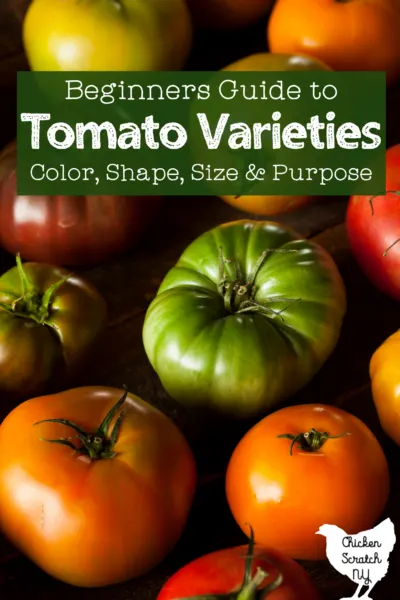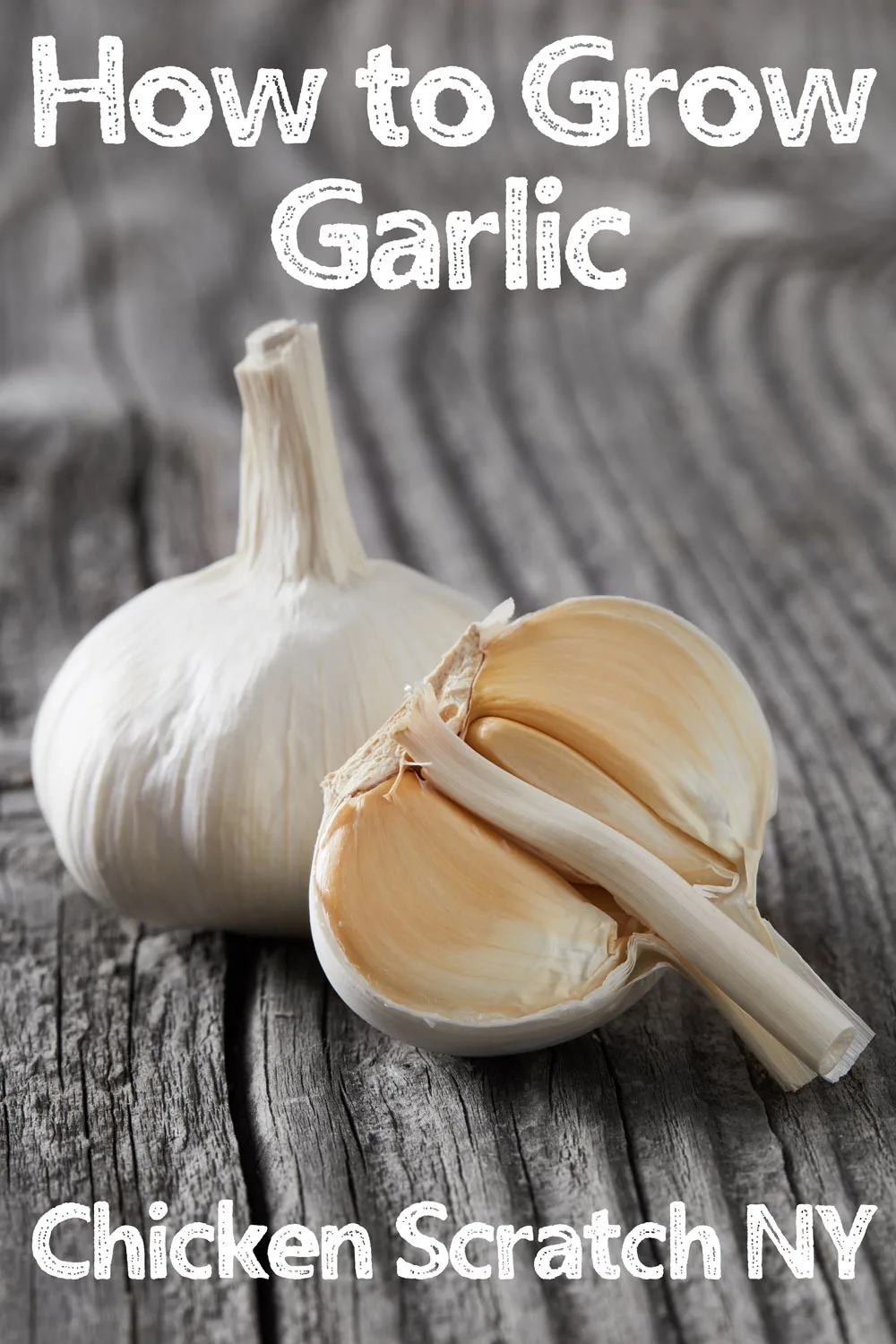Growing green onions at home is a simple and rewarding way to bring fresh, vibrant flavors from your garden into the kitchen! With minimal space and effort, cultivating these versatile alliums provides a convenient and sustainable way to enhance your culinary creations while improving your gardening skills.

If you’ve never tried to grow onions, you might not realize exactly how confusing they can be! There is a lot more to it than just picking a color and going to town (or the garden).
Fortunately for all of us, growing green onions bypasses a lot of the complications of growing bulb onions and as an extra bonus, it’s much faster!
I love green onions, they’re the perfect way to bring a little fresh, bright, and oniony flavor to everything from soups to salads and sandwiches.
If you’re not a fan of the harsh bite of a raw onion you might be pleasantly surprised by the milder flavor of green onions!
Green onions go by many names including scallions, bunching onions, Welch onions, and Japanese bunching onions. Scientifically they go by the name Allium fistulosum.
The allium family includes shallots & bulbing onions (A. cepa), leeks (A. ampeloprasum), chives (A. schoenoprasum) & garlic (A. sativum). They all share similar physical characteristics and are popular in the kitchen.
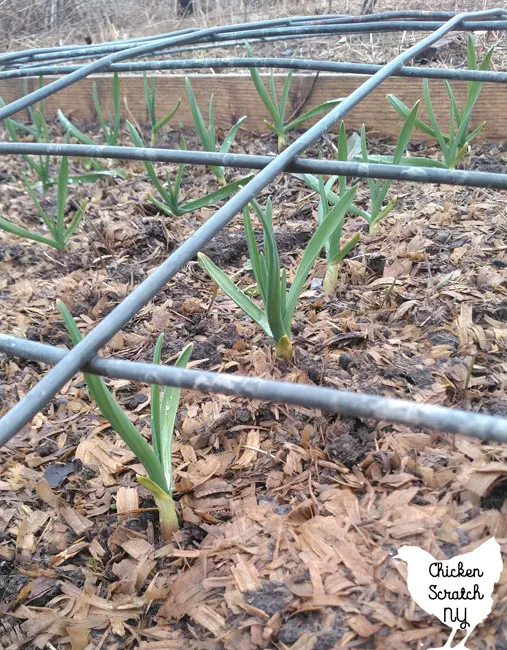
Out of all of them, I think garlic is the easiest to grow but you are limited to planting in the late fall-early winter so if you’re looking for an easy onion family plant to grow pretty much whenever green onions are your new best friend.
Learn How to Grow Garlic
Just to keep things confusing, plants from the fistulosum species are called true scallions because they’ll never produce a bulb. But, you can grow A. cepa onions (or shallots) as scallions by harvesting them young or by growing them at the wrong time of year or in the wrong place.
Earlier I alluded to onions being overly complicated. Unlike most of the vegetables you’ll grow, onions have very specific timing cues based on day length.
When you plant them the initial growth phase is all about the roots and leaves, then when the day reaches a specific length it triggers a change in the onion to start making a bulb.
That’s why when you go to buy onion seeds or plants they’re divided into short-day, intermediate, and long-day varieties. The best onions for your garden will be based on where you live.
We grow long-day onion varieties in New York because we have long days in the summer, if I were to plant short-day onions they would grow but the bulbing phase would be triggered before the onion was big enough to support a large bulb and they’d be stunted.
If you did the opposite by growing a long-day onion in the south you’d end up with a bulbless onion or with a non-true scallion (false scallion?).
The good news is none of that chaos is related to growing green onions, I just enjoy tangents.
Scallion Seeds
The first rule of growing onions club is always use fresh seeds.
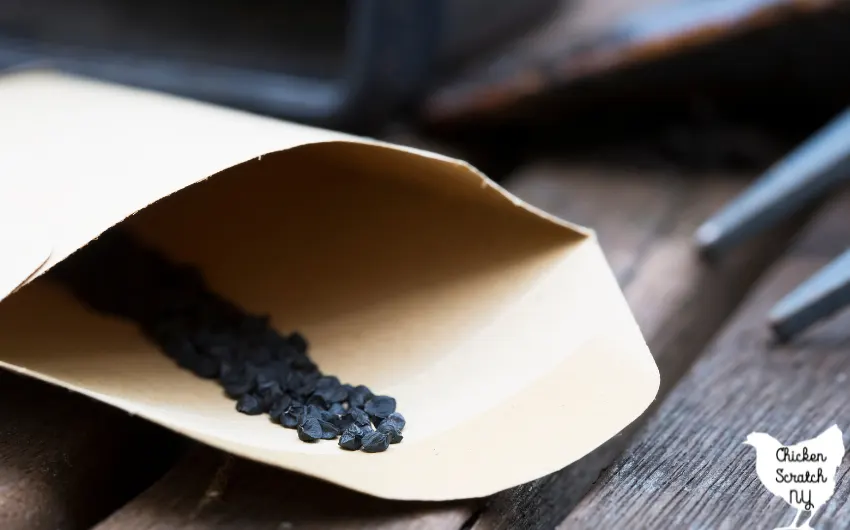
Most types of seeds can be saved and stored for a few years but the main exceptions are onions and parsnips (see, another tangent!).
Learn more about Seed Storage & Longevity
The seeds don’t turn into gremlins or anything dangerous but the germination rate really takes a dive. For any onion relatives, I tend to be really liberal with my seeding, planting a whole packet in one go if I have the space.
I don’t see the point in being precious with seeds that probably won’t be good next season anyway.
If you do find yourself with some elder seeds do a quick germination test before you devote any garden space to them.
All you need to do is wrap a few seeds in a damp paper towel, stick it in a plastic bag or container somewhere warm, and check in a few days for any signs of growth.
Green Onion Varieties
The most common variety of green onion seeds is Evergreen Hardy White (also known as Nebuka), everyone carries it and you’ll even find it in those giant racks at hardware stores.
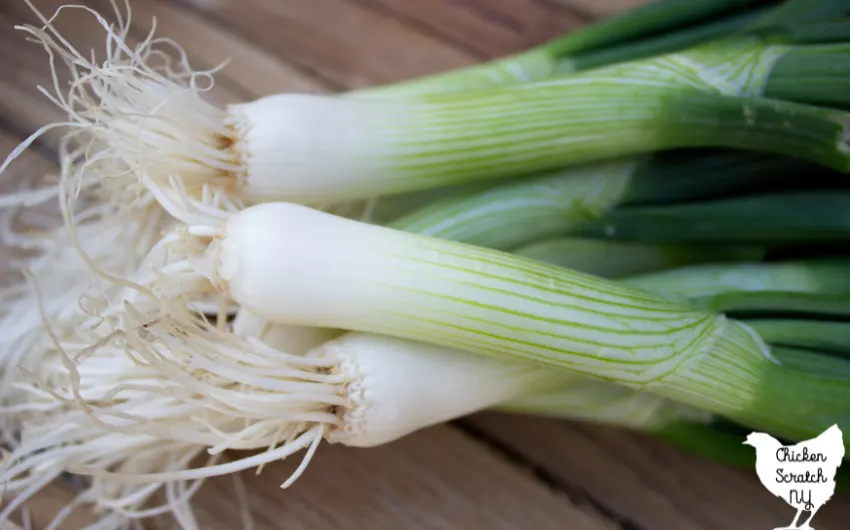
Evergreen Hardy White is known for its cold tolerance and can even be overwintered in a lot of areas. It takes approximately 65 days for the open-pollinated Japanese heirloom to reach maturity.
Two more popular varieties of white scallions are Tokyo Long White a Japanese variety with disease resistance to pink root & smut (the fungus, not the literary category) and White Lisbon, an heirloom dating back to the 1700s.
My favorite thing about growing food is getting to try unique and different variations of something I’m familiar with. That might mean purple potatoes, white tomatoes, or even red scallions.

Crimson Forest and Red Beard are two scallion varieties with an extra punch of reddish-purple pigment that I’ll be growing this year.
Another option for growing red bunching onions is Italian Red of Florence, which is not a true scallion. The torpedo-shaped onions are often harvested before they form a bulb and used as a green onion.
Onions grown as scallions (harvested pre-bulbing) do have a stronger, more oniony flavor than green onions.
Planting Green Onions
There are two ways to go about planting, either by direct seeding or by transplanting. There are benefits to both methods so I recommend experimenting to see what works for you.
Something to remember is baby allium sprouts are very thin and threadlike and you’ll see the best results planting in soil that won’t crust over.
I have a lot of clay in my soil and it took me longer than it should to realize my germination in the garden was absolute garbage because of it.
These days when I directly plant into the garden I cover the seeds with the finest layer of soil, just enough to cover the seeds and keep it damp so the soil can’t get a hard crust on top.
It’s not a big deal when I’m out in the garden every day, which in the spring I’m usually desperate for sun so I spend a lot of time out there but it’s harder to keep up with when fall sports kick in and I spend 23 hours a day at a soccer field.
Onions also transplant really well and my favorite way to go about it with green onions is by starting little clumps in a soil block.
It only takes a few days for the seeds to germinate on a heat mat and then you can pop the cube into the garden and let it grow. This works really well if you’re interplanting them around larger plants like cabbages or tomatoes.
Once they’re up onions are a pretty sturdy beast as long as you keep the weeds at bay. Their thin foliage needs to get at least 6 hours of full sun to grow well.
My go-to for all garden issues is mulch and it’s going to help you grow your best green onions. Mulch acts as a physical barrier that suppresses weeds and slows evaporation so you can water less.
Learn How to Make Leaf Mold & Why You Need to Use it in Your Garden
Green onions will grow best with constant moisture and don’t require extra fertilizer as long as your soil is decent. If your plants seem stunted give them a dose of diluted fish emulsion fertilizer for a little boost.
As far as spacing, it doesn’t really matter. Scallions are edible at any point (you can even grow onion family plants as sprouts and mocro greens!) so you can continually harvest your thinnings for soup.
My favorite gardening book (literally The Vegetable Gardeners Bible) recommends planting 1/4 – 1/2 inch apart in rows 1 inch apart or in 3″ bands.
Read more about my Favorite Gardening Books
At this point in my life I have better things to do with my time than measure my scallion spacing so I toss them in the ground and wish them luck.
They do fine.
Common Issues
In general, the onion family is pretty safe from pests. All those chemical compounds that make them taste delicious to us, make them less appetizing for pests.
You may see a bit of insect damage but it’s not likely to cause any issues beyond appearance. Most onion pests are after the bulbs and that’s not going to be a problem here.
A few pests to watch for:
- Onion Thrips – small winged insects that feed on the leaves; most active in hot, dry periods
- Cutworms – literally the devil, they chop off plants at the surface and murder the pepper plants you’ve babied for weeks
As far as diseases go, there are a few to look out for but the most popular varieties have been bred to have natural resistance.
- Downy Mildew – a fungal infection found during cool, damp periods identified by wet-looking sunken spots on foliage later filled with a purplish mold; the fungus overwinters in the soil, to prevent reinfection by removing and destroying affected plants
- Rust – a fungal infection that can also affect asparagus plants, identified by small orange blisters on leaves
- Pink Root – a fungal infection identified by pink roots most common in heavy soil; remove & destroy infected plants
- Smut – a fungal infection that affects young plants in cool soil, identified by black streaks on foliage
The best way to handle fungal diseases in the garden is by growing disease resistant cultivars like Tokyo Long White.
Make sure your plants have ample air flow and avoid handing the plants when they’re wet to prevent the spread of diseases.
Companion Planting
When it comes to companion planting it’s hard to beat an onion for versatility.
Their tall, narrow shape makes them perfect for tucking into small areas where you have some space and the oniony fragrance is a great deterrent for pests.
Cabbage family plants (broccoli, cabbage, kale etc) and carrots all grow better with some stinky companions growing nearby. Most likely because the scent of the onion confuses or even repels insect pests.
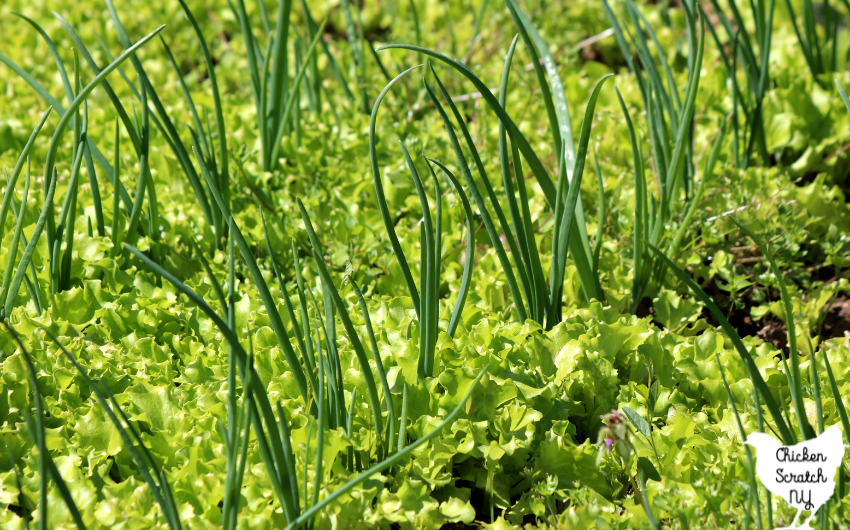
I tend to plant green onions all over the place, between rows of lettuce, lining my tomato bed, or even by zucchini plants where they’re ready to pull by the time the zucchini takes over.
On the other side of companion planting, we have adversaries or things that shouldn’t be planted together. I have read in multiple places that onions and legumes (aka beans and peas) shouldn’t be planted together.
Aside from vague mentions of beans being allelopathic, I have not yet found any specific reason why they can’t be planted together.
If you’re going to tell me I shouldn’t do something, I need to know why.
Do the onion plants anger the rhizobium bacteria in the legume root nodules? By the way, I promise that sentence is a real thing and not something I made up, gotta use that bachelor’s degree somewhere!
I’ll eventually give in to my contrarian nature and plant peas and beans with green onions just for funsies but until then it will remain a mystery.
Growing Green Onions in Containers
Small, shallow-rooted plants are a great option for container gardens and scallions check both boxes!
Green onions need at least 6 hours of direct sun so if you’ve got a south-facing window you can even plant them indoors.
The soil in containers dries out faster than soil in the ground so look for a water-retaining mix or anything formulated specifically for growing food in containers.
It’s not that deep, all I’m saying is you don’t want to be digging up dirt from your yard and trying to grow scallions in your kitchen.
Speaking of growing indoors, all members of the onion family are highly toxic to dogs and cats. Take extra care to keep your feline and canine friends away from your green onions for their own safety.
Regrowing Green Onions in Water
If you’ve been on social media at any point in the last decade you’ve seen someone cut the ends off a bunch of scallions, stick them in water, and magically regrow a never-ending supply of green onions!
Well, it doesn’t really work that way. Plants don’t perpetually grow with only a jar of water to nourish them.
Can you regrow scallions? Yeah. Is it worth the time and effort? Probably not.
Don’t get me wrong, it’s a great experiment and can be a fun project but you aren’t hacking reality with regenerating food.
If you want your regrown scallions to get big enough to harvest you’ll need to move them to soil anyway so you might as well just start out with seeds and save yourself a few steps.
Once you’ve got your plants going you can harvest them by cutting off the tops and leaving ~2″ of the base in the ground to regrow. If you keep them watered and fertilized you can get 2-5 harvests from each plant.
Check out my Vegetable Garden page for more ideas or start here:
